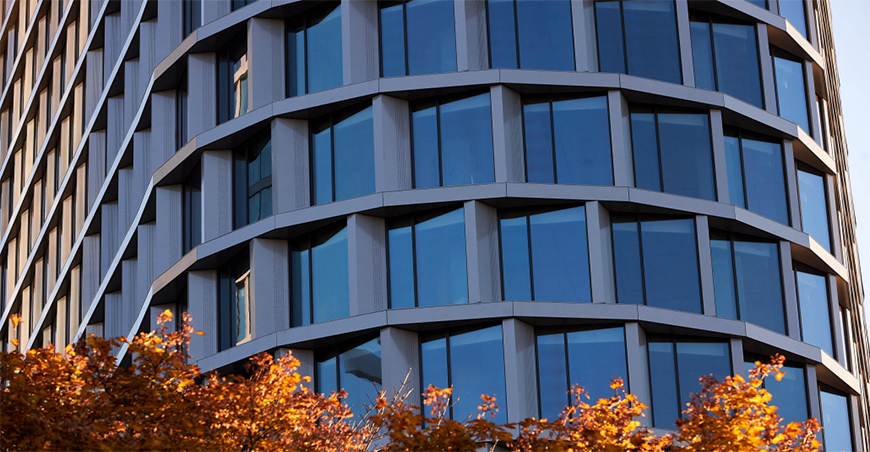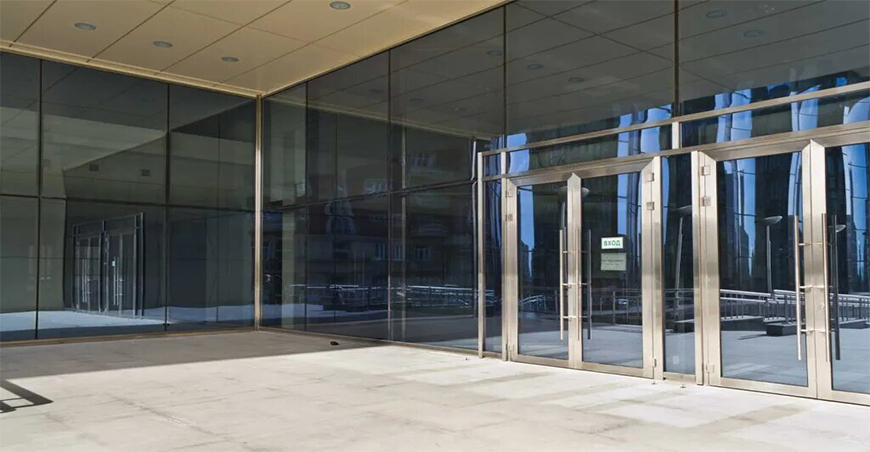Facade design plays a critical role in defining the identity, functionality, and aesthetic appeal of both residential and commercial buildings. While the core principles of facade design may overlap across these two sectors, the approach, materials, and objectives often differ significantly due to the distinct needs and expectations of homeowners versus businesses. This essay explores the key elements of facade design in residential and commercial buildings, highlights the differences between the two, and discusses current trends shaping the industry.
1. Aesthetic Appeal and Personalization
• Architectural Style: Residential facades often reflect the architectural style of the home, whether it’s modern, traditional, colonial, or contemporary. Homeowners typically prioritize the aesthetic appeal of their facades, seeking designs that complement the surrounding neighborhood while also expressing personal taste.
• Materials: Common materials used in residential facades include brick, stone, wood, stucco, and increasingly, glass. These materials are chosen for their durability, insulation properties, and aesthetic versatility. Homeowners may opt for a mix of materials to create visual interest and uniqueness.
• Color Schemes: The color palette of a residential facade is usually chosen to blend with the natural environment and local architectural traditions. Earth tones, whites, and pastels are popular choices, though modern designs may incorporate bolder colors for a striking appearance.
2. Functionality and Comfort
• Energy Efficiency: Residential facades are often designed with energy efficiency in mind. The use of insulated materials, double-glazed windows, and energy-efficient doors helps reduce energy consumption by maintaining consistent indoor temperatures.
• Privacy and Security: Homeowners typically value privacy, which influences the design of windows, balconies, and entryways. Fences, hedges, and strategically placed windows can help maintain privacy while still allowing for natural light and views.
• Integration with Landscaping: Residential facades are often designed in harmony with the surrounding landscaping, creating a seamless transition between the indoor and outdoor spaces. Gardens, terraces, and patios are integrated into the facade design to enhance the overall living experience.
1. Branding and Corporate Identity
• Visual Impact: Commercial facades are often designed to make a strong visual impact, serving as a representation of the company’s brand and values. The facade is the first point of contact with customers and clients, so it needs to be visually striking and aligned with the company’s image.
• Materials: Glass, metal, and aluminum composite panels are commonly used in commercial facades for their modern, sleek appearance. These materials also offer flexibility in design, allowing for the creation of unique shapes, patterns, and textures that can distinguish a building in a competitive urban landscape.
• Color and Lighting: Commercial buildings often employ bold colors, reflective surfaces, and dynamic lighting to attract attention and create a memorable presence. LED lighting systems are increasingly used to highlight architectural features or to display the company’s logo and branding elements.
2. Functionality and User Experience
• Energy Efficiency and Sustainability: Like residential buildings, commercial facades are designed with energy efficiency in mind, but the scale is often larger. Green facades, solar panels, and smart glass technologies are increasingly integrated into commercial designs to reduce energy costs and meet sustainability goals.
• Transparency and Accessibility: In many commercial buildings, particularly retail spaces and offices, transparency is a key design element. Large glass panels allow for natural light to penetrate deep into the building, improving the working environment and making the space feel more open and inviting.
• Safety and Compliance: Commercial facades must adhere to strict building codes and safety regulations. Fire-resistant materials, secure entrances, and emergency exits are essential components of the design. In high-rise buildings, the facade must also withstand wind loads, seismic activity, and other environmental factors.
1. Scale and Complexity
• Residential: Residential facades are generally smaller in scale and less complex, focusing on the needs of individual homeowners or small communities. The design process is often more personalized, with attention to the specific preferences and lifestyles of the occupants.
• Commercial: Commercial facades are typically larger and more complex, requiring the integration of various systems, such as HVAC, lighting, and signage. The design must accommodate the needs of diverse users, including employees, customers, and the general public.
2. Purpose and Audience
• Residential: The primary purpose of a residential facade is to provide comfort, security, and aesthetic appeal to the occupants. The audience is typically limited to the homeowners, their families, and their guests.
• Commercial: Commercial facades are designed to attract and engage a broader audience, including customers, clients, and passersby. The facade serves as a marketing tool, reflecting the brand’s identity and values.
3. Materials and Maintenance
• Residential: Materials used in residential facades are chosen for their durability, ease of maintenance, and compatibility with the local environment. Homeowners may prioritize long-lasting materials that require minimal upkeep.
• Commercial: Commercial facades often use more advanced materials and technologies, which may require specialized maintenance. The choice of materials is influenced by factors such as durability, energy efficiency, and the need for a modern, professional appearance.
1. Sustainability and Green Architecture
• Both residential and commercial buildings are increasingly incorporating sustainable materials and design practices. Green roofs, solar panels, and energy-efficient glazing are becoming standard features in facade design.
2. Smart and Responsive Facades
• The integration of technology into facade design is on the rise, with smart glass, dynamic shading systems, and responsive materials that adapt to environmental conditions. These innovations improve energy efficiency and user comfort.
3. Mixed-Use and Hybrid Designs
• Facades for mixed-use buildings, which combine residential, commercial, and recreational spaces, are becoming more common. These designs require a balance between the different needs and aesthetics of each function, creating a cohesive yet diverse facade.
Facade design is a critical aspect of both residential and commercial architecture, with each sector having its unique requirements and challenges. While residential facades prioritize aesthetics, privacy, and comfort, commercial facades focus on branding, visibility, and functionality. The trends driving facade design today, such as sustainability, technological integration, and mixed-use development, are pushing the boundaries of what facades can achieve, leading to more innovative and impactful designs in the built environment.





